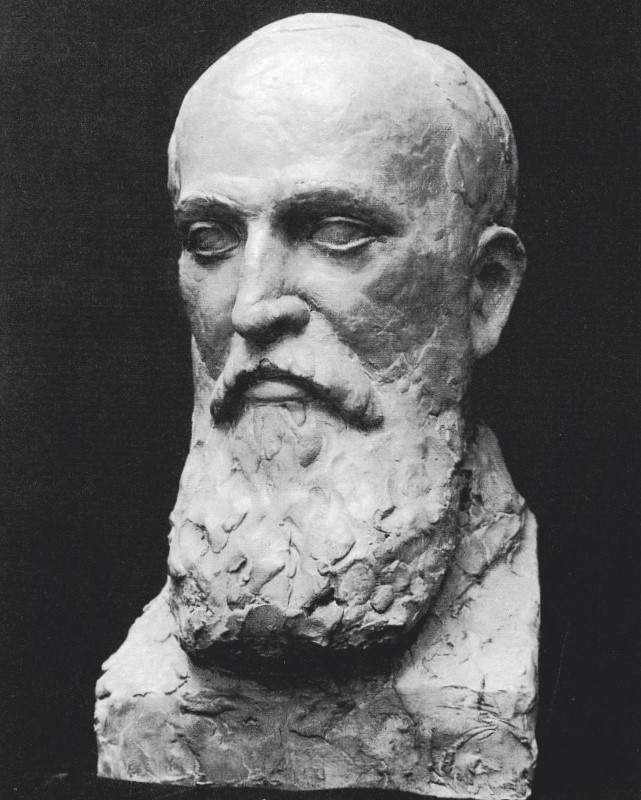Meyer CHEYCHEL
January 2, 2019Yehuda COHEN
January 2, 2019Molli CHWAT
BIALYSTOK (POLAND) 1888 – FRANCE 1979
Molli Chwat came from a banking family and was raised by his grandfather. He studied in his hometown and later enrolled in the Imperial Academy of Fine Arts of Saint Petersburg. He followed Ilya Repin’s advice and briefly visited Paris in 1906 where he attended a free academy. In 1909, he was in Geneva and married young medical student Gattin. Chwat returned to Saint Petersburg in 1910 where he stayed until 1918. He fled the Russian Revolution and went to Paris that same year. He enrolled at the Ecole des Beaux Arts and then studied at free academies. He defended French painting with passion and described himself as “an Expressionist painter of the School of Paris.”
During World War II, he took refuge in Casablanca. Following the Liberation, he went back to Paris and dedicated his time to painting. He received the Othon Friesz prize in 1952. In 1957, he visited Israel. Although Molli Chwat depicted portraits and landscapes in his early work, from 1945 onward he painted Biblical themes. His works can be found in museums in France and Israel.
Stories of Jewish Artists of the School of Paris 1905-1939
FRENCH-ENGLISH
Capitale des arts, le Paris des années 1905-1939 attire les artistes du monde entier. De cette période de foisonnement, un terme est resté, celui d'Ecole de Paris, qui recouvre une grande diversité d'expression artistique. Dans ce brassage dont Montparnasse est le creuset, un groupe se distingue : celui des artistes juifs venus de Russie, de Pologne et d'Europe centrale. Si leurs styles sont variés, un destin commun les rassemble : ils fuient l'antisémitisme de leur pays d'origine. Certains ont connu la célébrité dès les années 1920, tels Soutine, Lipchitz ou Chagall. D'autres n'ont pas eu le temps ou la chance d'y accéder. Près de la moitié a péri dans les camps de concentration nazis.
From 1905 to 1939, Paris attracted artists from all over the globe as the capital of the art world. This period of artistic proliferation became known as the School of Paris, and includes a great diversity of artistic expression. Within the teeming art world centred on Montparnasse, one group set itself apart: Jewish artists from Russia, Poland, and Central Europe. Although their styles were diverse, they shared the common fate of fleeing anti-Semitic persecutions in their home countries. Some became famous in the 1920s, such as Soutine, Lipchitz, and Chagall, while others did not have the time or the luck to gain renown. Nearly half of these artists died in Nazi concentration camps.





